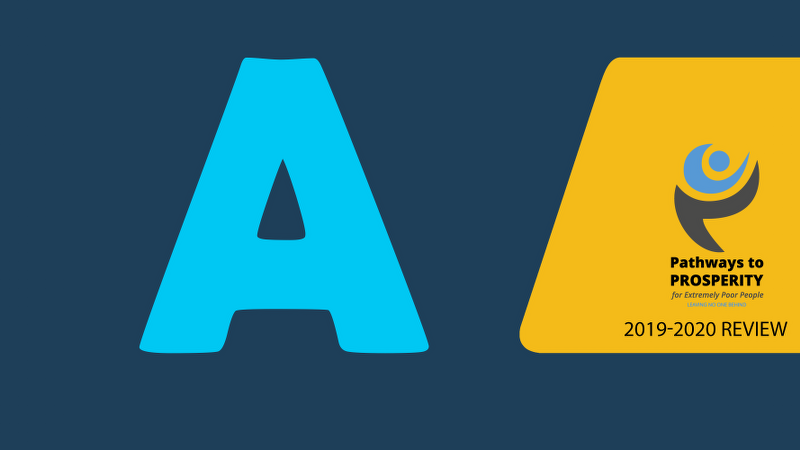The Inception Phase of the Pathways to Prosperity programme has come to an end on 31 March 2020, after an eventful year both at PKSF level and downstream partners level.
The one-year inception period formally began on 1 April 2019, the day after the DFID and PKSF signed an MoU to implement the project.
The multidimensional project, jointly funded by the DFID and EU, aims to lift some two million people out of extreme poverty by 2029. PKSF is the main implementing organisation of the project.
In the Annual Review by the DFID covering the Inception Phase, the PKSF components of the Prosperity programme have scored ‘A+’. The overall programme, parts of which are being implemented by a hired contractor, has received an ‘A’.
Under the DFID’s review scoring system, ‘A’ means the outputs met the expectation while ‘A+’ signifies that the outputs have ‘moderately exceeded the expectation’.
The major achievements that led to the high score includes conclusion of the Inception Phase on time; successful piloting in 17 unions; and development of the technical and operational frameworks for the implementation of the activities, according to the Review Report.
The Inception Phase was undertaken to prepare the ground for the field activities across the 269 unions of 15 lagging districts of Bangladesh.
During this period, the PKSF and its 19 downstream partner organisations put in place the necessary systems and procedures, developed instruments (frameworks, guidelines, etc.), and established the entire operation mechanism.
All of these were then tested, experimented, revised and finally readied for application in the main Implementation Phase, which was the main objective of the Inception Phase.
The Inception Phase also included a successful piloting in 17 selected unions. The piloting was undertaken to test the programme intervention modalities before the full-scale rollout of the project.
Apart from the programmatic success achieved during this phase, the programme team has gained some invaluable insights during the inception and piloting. These include:
- The number of projected working unions and the number of extreme poor households might need to be revised to re-determine the final target population. Piloting data show the number of EP HHs in any given union is 15-20% higher than the initial projection.
- The supplementary criteria set by the project for extreme poor household selection helped discover new dimensions of poverty, including the level of vulnerability, social risk and marginalisation, in the working areas.
- The use of Participatory Extreme Poor Identification Technique (PEPIT) developed by the project team combining Social Mapping and Focus Group Discussion (FGD) has improved the identification process, saving both money and time.
- A well-designed, rigorous verification process like the one used during piloting contributes to minimising wrongful exclusion and inclusion.
- Capacity building of project staff to enhance their conceptual understanding of different components, operational procedures, and diversity of the project’s nature eventually lead to better outcomes.
- Rooted advocacy by downstream POs remains a great tool for ensuring different public and private services for the EP HHs, as seen during the Covid-19 lockdown period. At the time, a good number of EP HHs received relief materials from local government authorities following such advocacy by Prosperity partners. Continuation of such services would ultimately contribute to poverty reduction.


